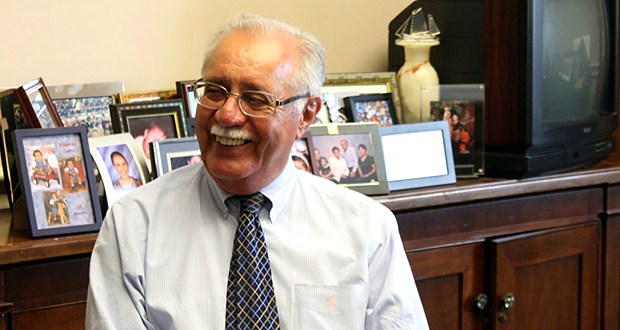Brewer urges EPA to reconsider new regulations
Jeremy Duda//October 13, 2009//[read_meter]
Warning of potentially negative impacts on water delivery and job retention, Gov. Jan Brewer is urging the U.S. Environmental Protection Agency to consider the consequences of new regulations being proposed...
No tags for this post.

















